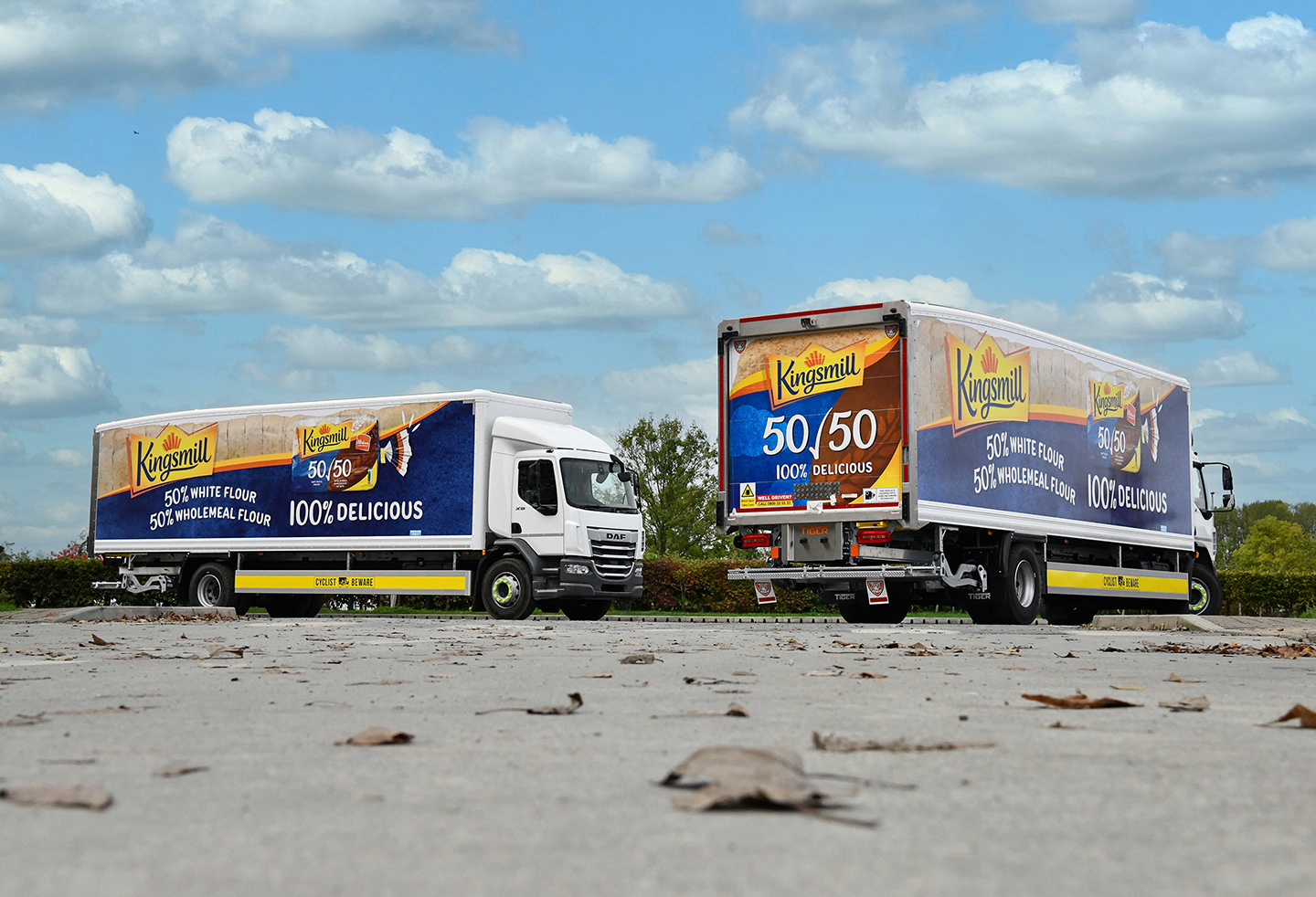Körber Supply Chain Software is renowned for providing first-class solutions, but it also has its eyes on those who use it as part of their daily job. Peter MacLeod travelled to Brussels to find out more.
At the recent Körber Elevate EMEA user conference in Brussels, I was privileged to spend a couple of days soaking up knowledge as industry experts from Körber, its customers and its associated partners presented their experiences and ideas. It’s always fascinating when such people are let loose to talk passionately about their particular area of expertise, never more so when the topic covers the digitalisation of logistics. A data-rich industry – such as our business of moving goods from one side of the world to the other, or bringing frozen food from a warehouse to your front door – is primed to benefit from the gains that the rapidly evolving IT landscape can bring, and Körber is at the forefront.
However much we talk about AI, robotics and automated solutions replacing humans, this event particularly highlighted the human side. Whenever I meet supply chain leaders, I always make a point of asking them whether we will eliminate human tasks from the supply chain altogether, and the answer is usually along the lines that there will always be a place for good old you and me, no matter how advanced the technology becomes. With this in mind, Körber not only presented a range of solutions to optimise supply chains, but also highlighted ways in which humans working in the sector can interact with them, become more engaged with their jobs, and how a business that focuses on attracting and retaining staff will be stronger than those that place all of their efforts on getting their hands on the latest bit of tech.
I put it to Matthew Gregory, Managing Director Northern Europe, Körber Supply Chain Software, that I was enlightened to see how people I would describe affectionately as ‘boffins’ haven’t taken their eyes off the fact that all these systems require some level of human control, interaction or intervention. “I’m delighted you’ve seen it, because it is very much intentional,” he replies. “There are a lot of other supply chain software businesses out there that will talk about the software and the technology all too often, but forget about who must use this technology day in and day out. You can have the best possible solution on earth, but if you haven’t considered how an individual is going to use it when they turn up to work, then you’re missing that final piece. That’s what sets us apart as an organisation. Yes, the technology is incredibly important, but so is how we put it into the hands of the men and women that run our supply chains every single day.”
Human Implementation
Körber has experienced considerable growth as businesses seek ever-more-clever ways to optimise their supply chains, and has been highly successful in identifying customer challenges and finding a solution to fix them. Without losing sight of core technology pillars – orchestration with its order management system, execution with its warehouse management system, its warehouse control system, and now transportation system following the recent acquisition of MercuryGate – Gregory tells me a lot of the technology has been focused not only on how it can be knitted together, but also how Körber actually puts it into the hands of the individuals.
“One of the areas I’m particularly passionate about is voice directed work,” he says. “We ask people to work in a warehouse, which are hands-busy and eyes-busy environments, and too often we’re also giving them something they need to hold in their hand. We are making it unnecessarily challenging, especially if we’re trying to recruit new people. The answer is simple – we need to design our solutions from the beginning all the way through to the end. It’s on us as a technology provider to find ways to encourage them to stay, to make them aware of the opportunities that the supply chain industry represents, and to give organisations the right tools to put in the hands of those individuals.”
Empowering Employees
Beyond developing voice technologies that help and support a warehouse worker to be more effective and productive, the challenge is also to encourage them to be more engaged. Of all the sessions I attended at Elevate, the most memorable one was given by Nick Retzmann of vaibe, who demonstrated tools that enhance engagement through the gamification of tasks.
A stressed, demotivated or simply fed-up worker is likely to underperform one who is ‘buzzing’ to get to work and perform at their highest level, so empowering them to do so with the right tools makes good business sense. In an industry populated by businesses claiming they place a lot of emphasis on ESG, it’s reassuring to hear leaders from Körber discuss the mental health and general wellness of the users of the systems it produces.

Another shift over the past decade or so in the way supply chains are shaped has been the emergence of the warehouse as the primary point of contact for the customer. In the ‘old days’, a warehouse would store goods for distribution to shops, where all the customer-facing roles were located. In today’s modern supply chain, where omnichannel ordering is the norm and multiple fulfilment channels are offered as options, the warehouse has come out of the shadows and onto the front line. With goods going direct to customer, the role of the warehouse worker is also developing. “If you’ve just spent a significant amount of money on buying something online, the experience of opening that box should be the same experience as walking into a store,” adds Gregory. “You want the people on that packing bench taking care and attention to make sure that it is beautifully packaged and presented. But if you want people to take pride in their work, they have to feel proud of what they do. And for me, the focus on supporting rather than driving is how we get that.”
Evolving Supply Chains
Talking specifically about the Elevate event, Gregory says customers love the clarity and the value-add offerings displayed all around them and available to try out under the guidance of category experts. “For example, we’ve had huge interest in customers learning how to use our warehouse design and simulation tool, as they’re starting to think about how they need to evolve and adapt their supply chain. Having a digital twin is massive for them, and so is the raising of awareness of technologies such as voice and gamification and our new slotting tool, but how do we help them over the next three years to try and deliver incremental gains and benefits? As long as we know where we’re going, we can start injecting these technologies earlier into the projects to benefit our customers.
“Elevate is a user community, an opportunity to bring our customers together. Yes, we want to spend the time to update them on what we’re doing, but really the value for us is the networking that goes on without us. It’s also designed to make sure that we are getting the feedback firsthand about where the product needs to go. The teams have a very clear remit to come here to learn and listen and then bake that into the strategy for the year ahead.”
One thing I picked up walking around Elevate and talking to its key people is that there are a lot of good brains at Körber with tremendous knowledge and extraordinary levels of experience. With Körber helping its customers to attract and retain staff, I wonder what its secret is to keep its own good people. “We spend a lot of time in the early stages to make sure that we’ve got a good cultural and values-based fit before we bring anybody on board into the business,” Gregory tells me. “And then, once we’ve introduced them and made sure they understand their roles and responsibilities – particularly at the mid to senior level – we do our level best to get out of their way! The one thing that frustrates me in too many organisations is they hunt far and wide for brilliant, intelligent people that can bring a unique perspective into the business, and then they crush it by saying ‘…but this is the way we do it’. In the first nine months inside a business, the most value people can bring is to look at everything with a fresh pair of eyes. Then it’s about how to sustain that.
“The other area we focus on very heavily is getting the right blend between technical expertise and subject matter, knowledge and industry expertise. I’ve got a great delivery team with a really nice mix of incredibly bright, technical people who have come from industry. That is invaluable, and it’s also a way to prove our credibility when we’re sitting across the table with a tier one grocery retailer or an eCommerce provider. We can talk that language. We’re not a software company that lives in the clouds just sitting there writing amazing code.”
A software company peopled by people persons sounds like a mouthful, but that’s exactly the impression I got when coming away from Elevate 2024.
similar news





